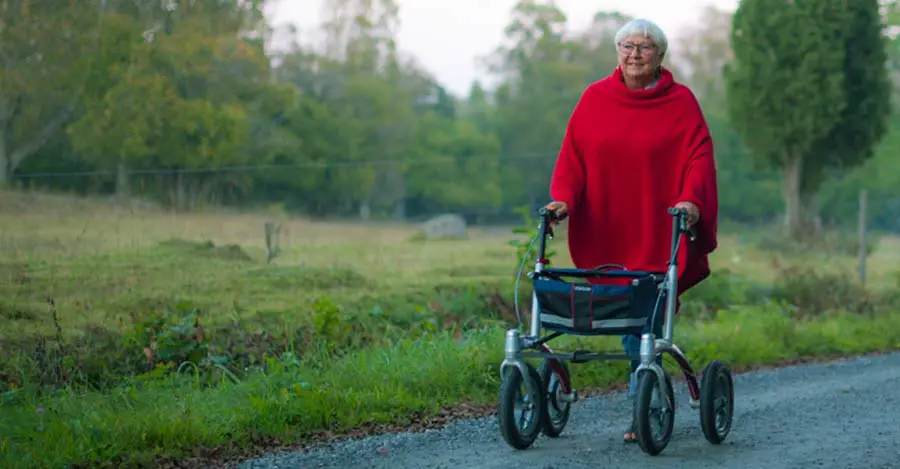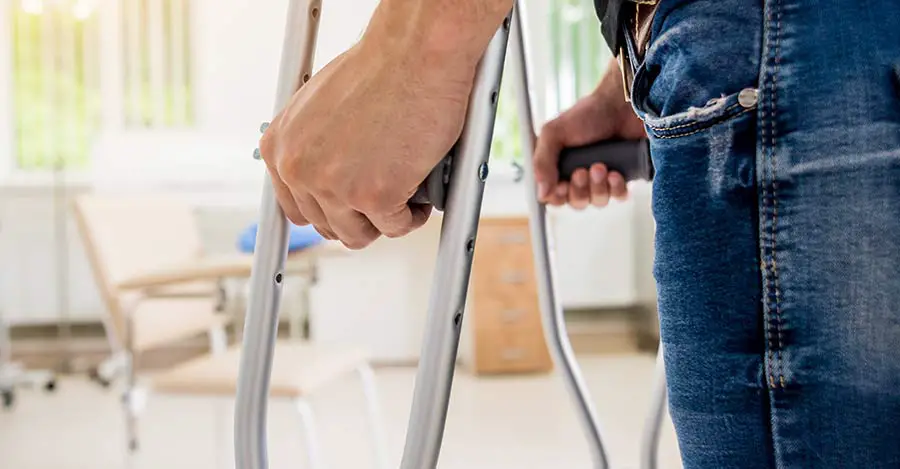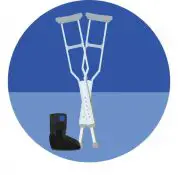Crutches Vs. Walker
Crutches are one of the most popular mobility support tools. Knee walker or knee scooter is equally famous and offer great value to orthopedic patients. But which one is a better choice?
How to Choose the Right One? Crutches vs. Walker
Habits
Your regular routines may determine which is more appropriate for you between crutches or walkers. The duration of the injury and how long you need an assistive device also contribute. For example, an older adult may use a walker to move around. If he or she is a retiree, they may not go out too often.
A younger business person may want to check on his staff or business more often. Such a person may require crutches to move around more. Therefore, your lifestyle could influence the type of mobility support to use. But in choosing, you need to speak with your physical therapist for guidance.
Consult a doctor
The Operating surgeon (OS) or Physical therapist (PT) typically will prescribe what’s the best for you. They understand the situation better. Besides, doctors are the experts on physiology and anatomy. Your surgeon knows best the non-weight bearing period. So, they can advise on the appropriate mobility device.
Still, that doesn’t leave you out of the loop entirely. Your OS can recommend the timeframe and mobility device to use. But you have the freedom to choose a suitable budget and what suits your lifestyle.

Crutches Pros
Weight-bearing
One of the primary functions of the crutch is to bear your body weight. With tremendous upper body strength, the crutches can help relieve the tension on your feet. That makes it easier to walk with less pain.
Faster movement
With great upper body strength, you can gain support with crutches to walking faster. Crutches help ease the weight and pain on the hurting feet or leg. With such extraordinary relief, it becomes easier to move more quickly.
Of course, you may need to learn how to walk around on crutches. Once you master the art, you are ready to go!
Affordable

You get what you pay for eventually – your budget. Crutches are not so expensive. However, your budget and lifestyle will determine how much you spend on a crutch. Will you need it for a long time? If not, you could even get to rent from a medical supplier.
Crutches Cons
Non-stand alone
Yes, crutches help you maintain balance and move around. Unfortunately, they cannot stand alone. You need to rest them on the wall, chair, or other surfaces when sitting.
Once you place your hands on the crutches, you find it more difficult to do anything else. It is tasking opening doors or lifting items.
Crutches could irritate the lower back, armpit, wrist, and shoulders with time.
Walker Pros
Stable

Walker offers more stability for movement. It can carry your weight without any constraint. If you have to make a stop, you have no worries with the walker.
For crutches, you would need to place them on a wall or stand to stay up-right. That’s why a walker is great for knee or foot injuries (gain balance).
Easy to grasp
Like a baby learning how to walk, everyone learns how to use the walker the first time. But due to the level of stability, it is a lot easier to learn to use the walker.
You experience fewer mishaps learning to walk or maneuver with the walker. It is safer to multi-task with a walker than crutches. Crutches depend on you to work effectively, and you rely on the walker.
Self-reliant
After mastering how to use the walker, you can move around without assistance. It feels a lot better to do things by yourself. You can even switch to park mode (hands-free) and prepare your meals without help.
Terrain-friendly

Walkers can work well with rough or smooth terrain. That removes the issue of slipping on smooth terrain. Even when the terrain is rough, you can maneuver with ease. Knee scooters with wheels help you move around faster.
Walker Cons
Walkers are more expensive than crutches. So, even on a budget, crutches seem more receptive.
Not all walkers are appropriate for climbing the stairs. They are less portable and eat up more space in the car.
Can you use a walker for non-weight bearing?

How do you get around non-weight bearing? It is more typical to use crutches for non-weight bearing. But the use of a walker for NWB is a popular choice too.
Non-weight walkers provide support when you cannot put any pressure on the leg. At this point, you only need to suspend the injured leg and not allow it to touch the ground.
What next?
Crutches vs. Walker after surgery; is it better to use a walker or crutches? Well, walkers are more appropriate for injuries below the knee which includes foot injuries – fibula, ankle, foot, and tibia.
However, there are more uses for crutches than knee scooters when it concerns leg injuries. But the type of injury will determine if you can use a knee walker at all.
Learning how to use a walking aid may turn out difficult at first. But it won’t take long before you get the hang of it. Choosing between crutches or a walker will, at last, depend on your lifestyle besides medical advice.
